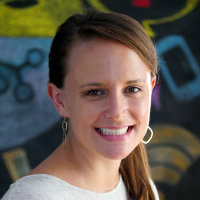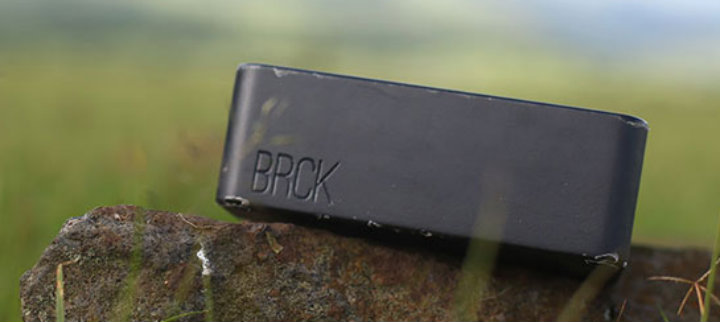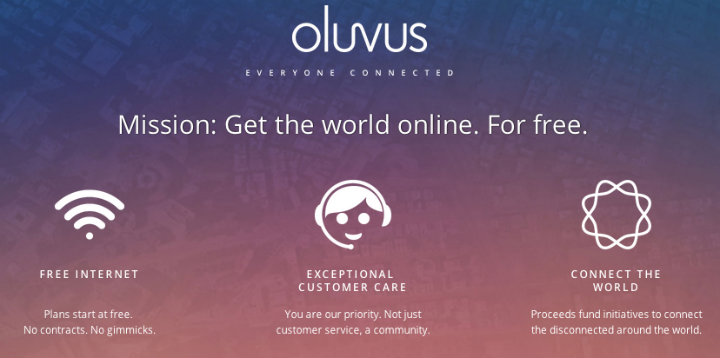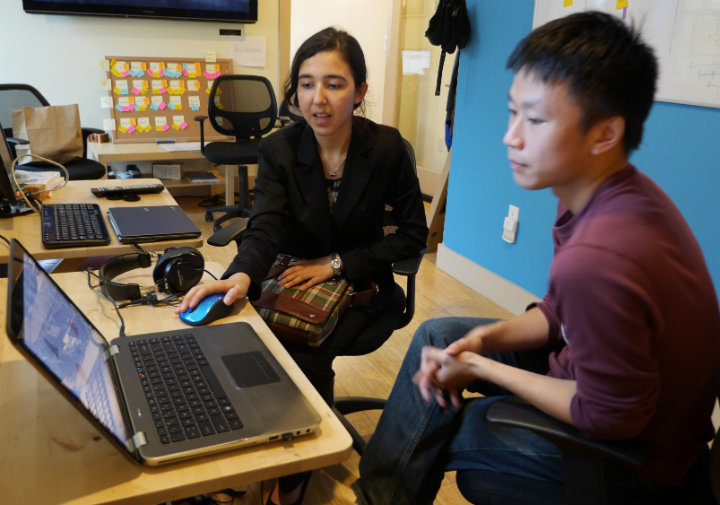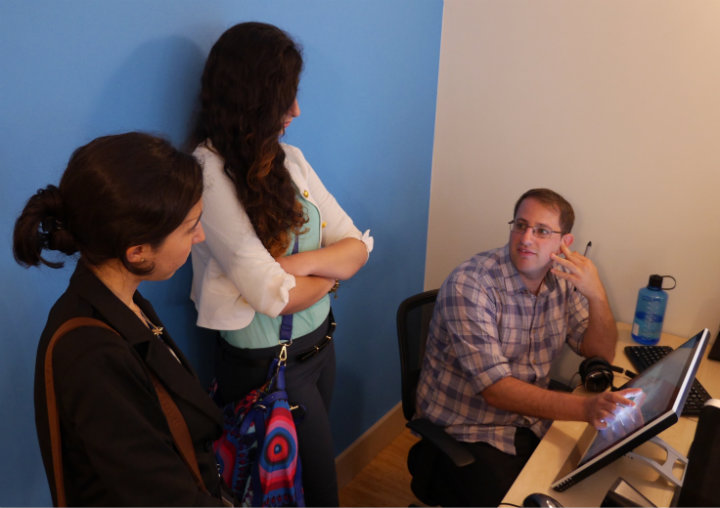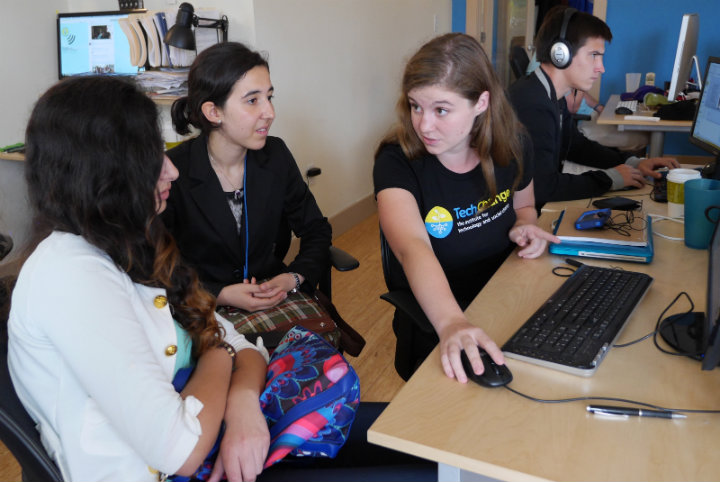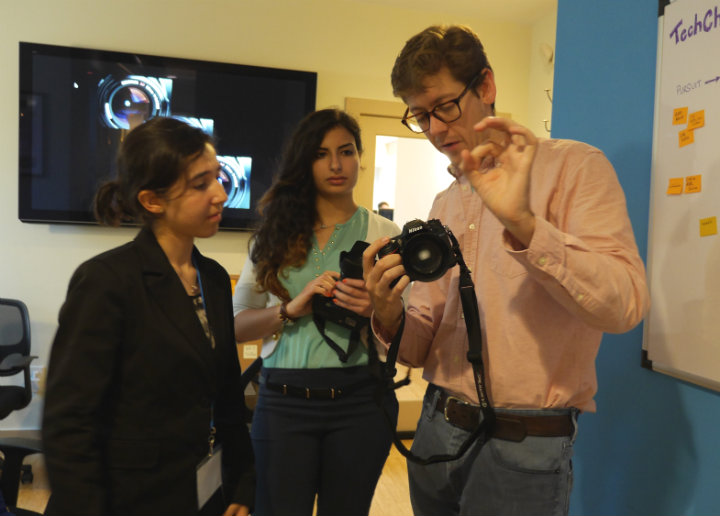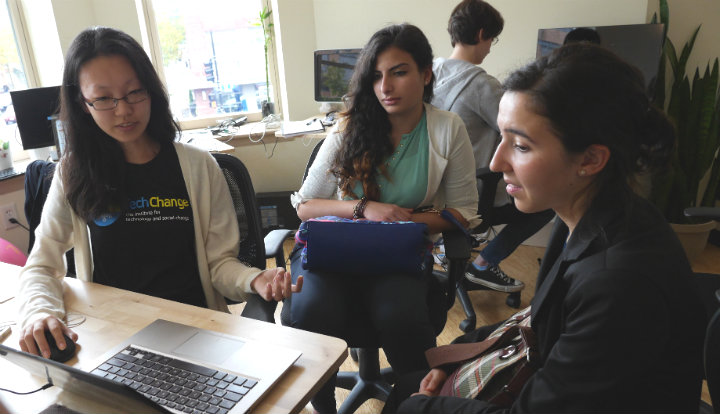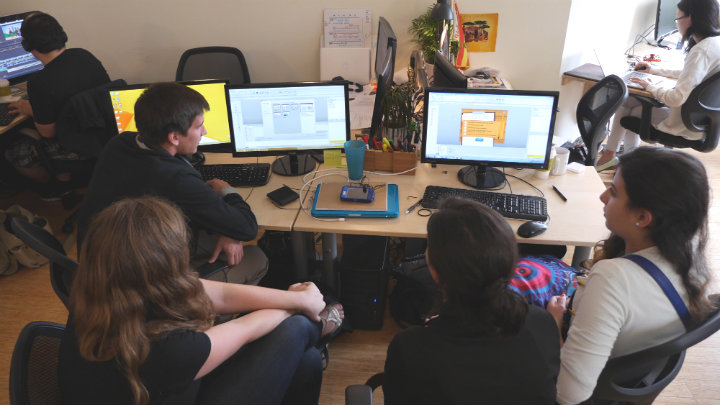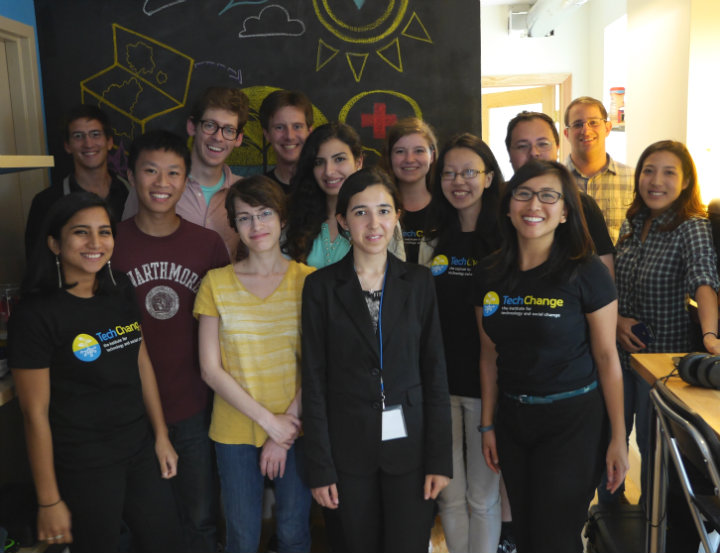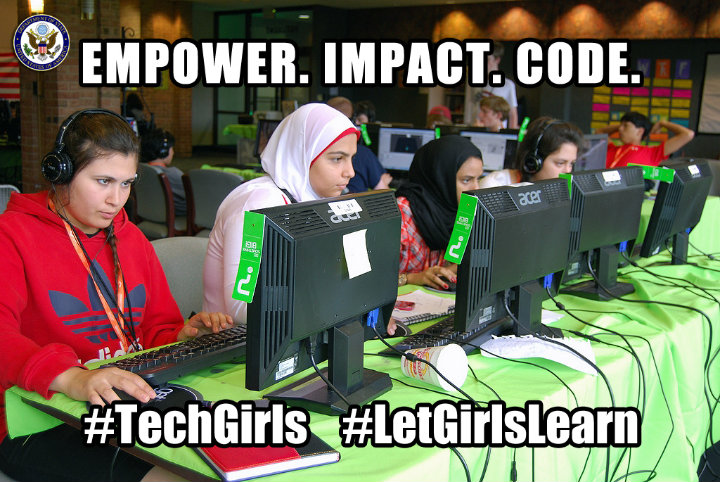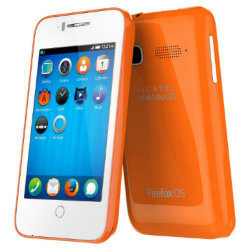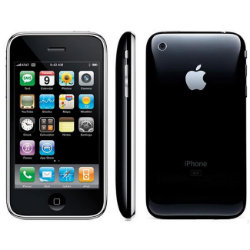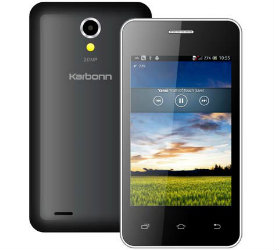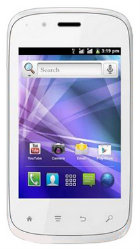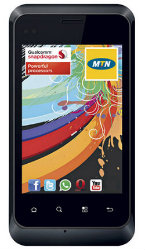TC105: Mobiles for International Development alumna, Ivy McCottry is starting a job at AT&T after completing her TechChange M4D course and MBA at Wake Forest University.
Read on to learn how she broke into the mobile technology industry.
What interested you in taking TechChange courses?
I found TechChange when searching for ways to build up my technical background for using technology to improve lives. Through undergraduate Urban and Regional Studies courses, I knew I needed to demonstrate my interest in furthering technology and also be well-versed on current and emerging technical issues. I considered pursuing a tech-based MBA program and completed an MBA internship at a telemedicine startup. Later, I took a course on telemedicine with a clinical focus. While pursuing my MBA, I specifically sought out course work to supplement my business education with technology training.
Ultimately, I chose TechChange’s popular Mobiles for International Development course that offered a unique approach to learning with an international focus on the ubiquity of mobile phones. I saw this course as a great way to become familiar with various mobile initiatives at large, emerging mobile trends and major players in this space including GSMA and others.
What did you find useful from your TechChange course, Mobiles for International Development?
1. Demonstrating interest in technology with a credible certificate
Without an engineering background, the certificate I earned from completing the M4D course, together with my telemedicine internship, validated my interest in technology. The certificate gave credence to my desire to work in the mobile technology industry.
2. Access to high quality guest experts
I knew that the guest experts for the course would be great, but the quality of these experts exceeded my expectations. For example, one of my favorite moments from the Mobiles for International Development online course was during a session with a Motorola phone designer who discussed literacy. I learned from him the importance of understanding customers’ literacy before you design products, and how design can promote literacy with intuitive user experiences. This layer of analysis for thinking about literacy in product development was new and fascinating to me.
3. Diversity of resources and perspectives on global mobile use cases
In a class I took in my MBA program on Emerging Markets (BRICs), we discussed a Harvard case study on M-Pesa, which was covered in the TechChange M4D course in our discussions on mobile money. During this lecture, I was able to offer some different insights on M-Pesa that I had learned from the M4D course discussions on building products for the base of the pyramid. In my lecture, I cited materials on M-Pesa mentioned in the TechChange course and added to the MBA course materials.
What impact has TC105 had on you and your career?
1. Job offers from Fortune 100 companies
After finishing the Mobiles for International Development course, I received job offers from McKesson, which is involved with healthcare, and AT&T. I chose AT&T because of the opportunity to work on mhealth and more broadly, connected communities. It’s my goal to leverage my city planning and federal government experience to create smart/connected communities that improve life and safety matters. I recently joined AT&T to participate in a company leadership development program. In this program, I will be engaged in a variety of roles where I will learn about various aspects of AT&T’s business such as network operations, global products, and so forth.
2. Understanding the mobile industry landscape
Through the M4D course, I was able to better grasp what the drivers are for investment in mobile initiatives. I became very interested in learning about profitability and sustainability issues for mobiles from the perspectives of stakeholders like operators and the needs of mobile users. Additionally, I learned about the various business models being tested in this space and the various public private partnerships in place. This helps me have perspective about operators’ and users’ adoption factors.
3. Instant access to a well-connected global network
When I began my MBA program, I had no touch points with the mobile technology industry. Now, I have instant networks to various players within the field through the well-connected TechChange community.
What advice would you give to students taking TC105 or any TC course?
1. Know what you want to get out of the course.
The more you know precisely what you want to gain from the course, the more you will get out of it as you can prioritize those topics and ask questions that will focus discussions on areas you care about most.
2. Attend live sessions
The “live event” sessions are very helpful. Even though these sessions are recorded and archived, it’s good to sit in live because you can contribute questions in real time and process the context of what’s being presented. You also don’t have to mull over content independently – you can send questions immediately or expand on an idea that has been mentioned. When attending these events, I always made sure the facilitator knew I was there at the session so my private sector interests would be covered in the presentation.
3. Network with guest speakers and course participants
If speakers represent organizations that you want access to, definitely enroll in the course. The access that TechChange provides at this dollar value is unheard of and a great return on investment.
It also helped me to read profiles of other people who were taking the class and alumni as well. I was definitely inspired by the success stories of Carolyn Florey and Trevor Knoblich who advanced in their careers with the help of TechChange courses.
Interested in pursuing a career in mobile technology like Ivy? Enroll now in our Mobiles for International Development online course. Next round starts Monday, May 11.

